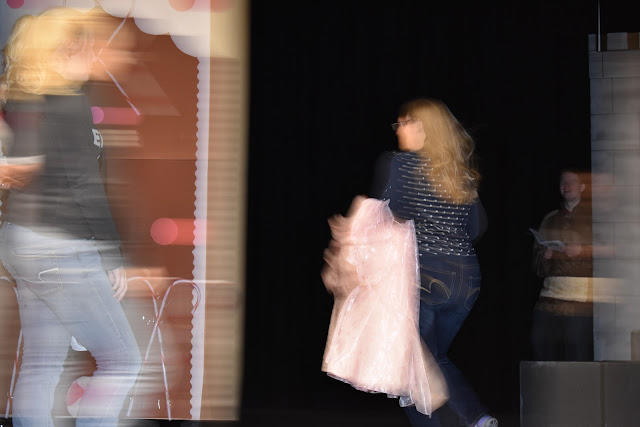History of Photography
Brenton Harold Turner: War Photographer
In the time of The Great War a Canadian man named Brenton Harold “Jack” Turner went to war. He was stationed mainly in France and Western Europe. In those times soldiers were not permitted to carry cameras onto the battlefield. However, brave Prince Edward Islander, Jack Turner, concealed his camera and took it into war with him.
Burn's Brothers
Camp Brighton, Charlottetown, 1915
Jack Turner was born September 24, 1889 in O’Leary, Prince Edward Island, Canada. On September 2, 1915, Turner joined the army and was shipped off to Europe to help defend from the Triple Alliance- the enemy. He had never fought in a war before this one.
Soldiers battling lice in the trenches
Many may ask how these photos were developed, in secret. Turner would develop his photos in dark corners where his unit was stationed or when he was on leave. When he was back in PEI he gave some pictures away to people he knew.
Turner often captured the everyday lives of the soldiers.
By breaking the rules Turner made it possible to look into the life of the war. He captured the death and intensity on camera. He might not have thought of the importance of taking these pictures when he did and probably took them out of curiosity.
Close to Vimy after the ridge was taken.
1917
Church at Albert, British H.Q.
Albert, 1916
During battle of Cambrai
Canal du Nord, 1918
(L-R) R.J. Burns, E. Cole Dyment
Somme front
1916
Turner’s photos were not just of other soldiers he took pictures of buildings as well. Various scenes of the war were captured by his secret camera. In some of the pictures it appears that some of his fellow soldiers knew he had the camera and chose not to say anything about it. Some soldiers are seen posing in pictures.
British tank. Cpl. Shaw
Somme Front, September 1916
British tank at the Somme.
the Somme
1916
Grave
Delville Wood, November 1916
This last photo seems to be his most famous photo because in many of the articles I read this picture appears numerous times.
Turner belonged to the few soldiers that survived the war. When he returned home he married and worked on a farm for the rest of his life. It was after his retirement when more of his photos were developed. Turner died on October 6, 1989 in his hometown.
http://www.canadiangreatwarproject.com/searches/soldierDetail.asp?ID=96078



Comments
Post a Comment